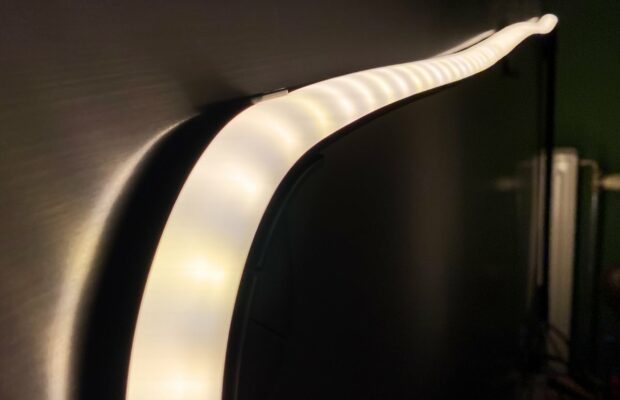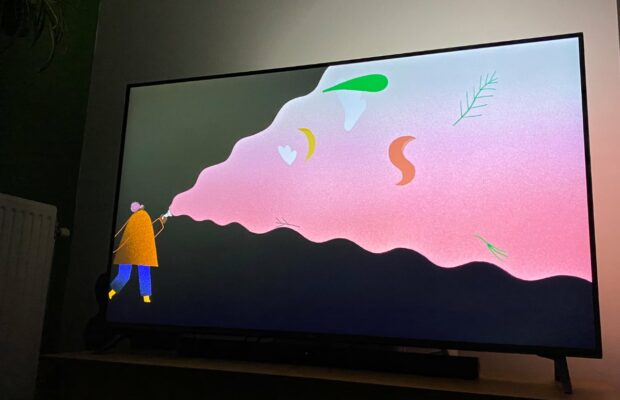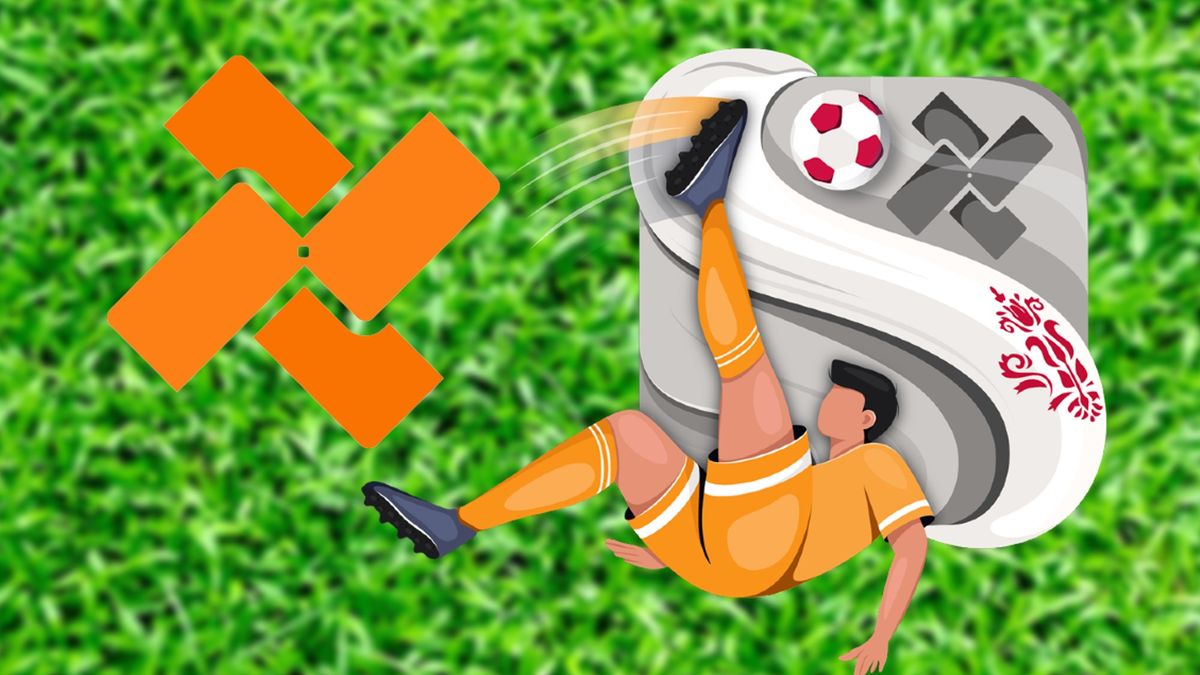Philips Ambilight for every television
iPhoned tests the latest Philips Hue products: new Filament lamps and the Play Gradient. In our review you can read what you can do with it and whether these lamps are worth it.
Read on after the ad.
Contents
Philips Hue Play Gradient review and Filament bulbs tested
The company Signify regularly brings new products to the market under the name Philips Hue, to fill your home with smart lamps. This ranges from individual lights that you turn in your favorite fixtures, to complete garden lamps, LED strips, ceiling lamps and ways to enhance your Netflix experience with light.
We have started working on the latest Philips Hue products and let you know what you can do with them and of course whether it is worth it.
New filament bulbs
In addition to the well-known standard-looking lights from Philips Hue, Signify also releases Philips Hue Filament lamps. With such a lamp, the filament is visible on the inside, through a transparent outside. Of course it is not a light bulb, but an LED lamp without filament. Still it gives a nice retro effect. There are now two larger sizes of Filament bulbs available for purchase. An Edison-shaped lamp and a large spherical lamp.
That spherical shape is certainly one eyecatcher if you put it down or hang it up. There is actually nothing extra such as a lampshade needed anymore, because the lamp itself makes the statement in your home. Because it is a matter of direct light without a lampshade, it can be disturbing to set the lamp to full strength. In fact, you simply cannot look at it.
These lamps are therefore best to use well dimmed, as an attractive light source in the room. Think of it like a modern candle. Or hang several above a table for a nice effect.
Unfortunately, you cannot choose a color with the Filament lamps from Philips Hue. They do support bluetooth, so you can also control the lamps without a Philips Hue Bridge. We have tested them in combination with the Hue Bridge and of course the lamps work well with it.
Pros
-
Nice to see
-
Bluetooth
Negatives
-
No colors
-
Can only be used in the home when dimmed
Score: 7/10
Philips Hue Play Gradient
Under the name Play, Philips Hue has a range of products on the market to expand the possibilities of your television. With a Play HDMI Sync Box under the television, the accompanying Play lamps adapt to what is on the screen. For the time being you had to have a few there lightbars on the back of your television. Now the company is taking the next step with the Play Gradient light strip.
With the Play Gradient, Signify promises ‘surround lighting’. That is of course a bit of a nonsense marketing term, but it does indicate the purpose of this product: to immerse yourself further in your viewing or playing experience via an extra layer.
Assembly is easy. You stick five holders on the back of the television. There you can insert the flexible light strip, so that it runs along the top and sides of the television. Via the included adapter, you can connect both the lightstrip and the Play HDMI Sync Box.

Play HDMI Sync Box
That is immediately the biggest disadvantage of this light strip. You need a Play HDMI Sync Box and Hue Bridge. The price tag therefore quickly rises. The Play HDMI Sync Box costs 249.95 euros (also read our review of this device) and you pay 179.95 euros for the light strip (it costs more if you have a larger television). Don’t have a Hue Bridge yet? Then that will also cost you 49.95 euros. That is almost 500 euros together for ‘surround light’. Then it must also work well.
And it does. Devices such as your game console or media box can be connected via the Play HDMI Sync Box. Then you turn on the synchronization via the Hue Sync app. You choose in the app whether you watch video, listen to music or play a game and what the brightness and intensity of the light should be. Then you enjoy your favorite media while the light joins in.

In this way, the light strip can turn any television into a Philips Ambilight. The wall behind the television becomes an extension of what is happening on the screen. For example, if you look at a beautiful natural environment, the wall above the screen turns blue together with the sky and the wall on the sides green. The marketing term ‘surround light’ sounds dull, but in practice it comes down to it. It actually adds something. Watching or playing things without the light strip now feels very dull.
What is also striking is how well the Play Gradient works as a regular Philips Hue lamp. Because the light strip is glued behind the television, the lamp provides very atmospheric indirect light on the wall. So it is not only useful when your television is on.
Pros
-
Easy mounting
-
Really adds something to the viewing or playing experience
-
Can also be used as a normal lamp
Negatives
-
High price for complete package
Score: 9/10
More about Philips Hue
A few years ago, Signify introduced the Bluetooth lights from Philips Hue. Of course you can also combine Philips Hue with HomeKit. Read our HomeKit guide to learn more about your smart home through Apple.
Buy new Philips Hue bulbs
The Philips Hue Play Gradient light strip is available 179.95 for sale at various web shops. That is for a television with a 55 inch screen. You pay with a 65-inch television 199.99 euros. You pay for the 75 inch version 229.99 euro. Check the links below if you want to purchase this light strip.
The new filament lamps are also available at various web shops. The White Filament G125 (bulb lamp is for 39.99 euros for sale. The smaller White Filament ST72 is a bit cheaper with a price tag of 34.99 euro. You can find the lamps at MediaMarkt and Coolblue, among others.



